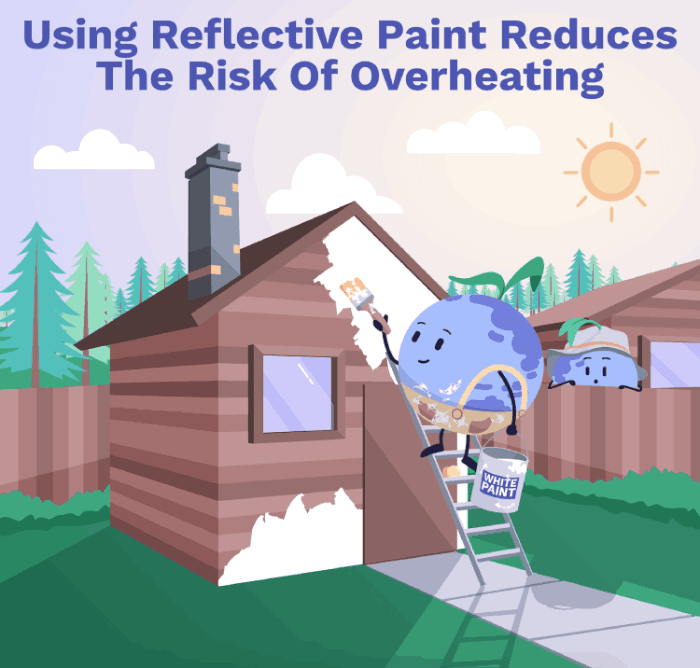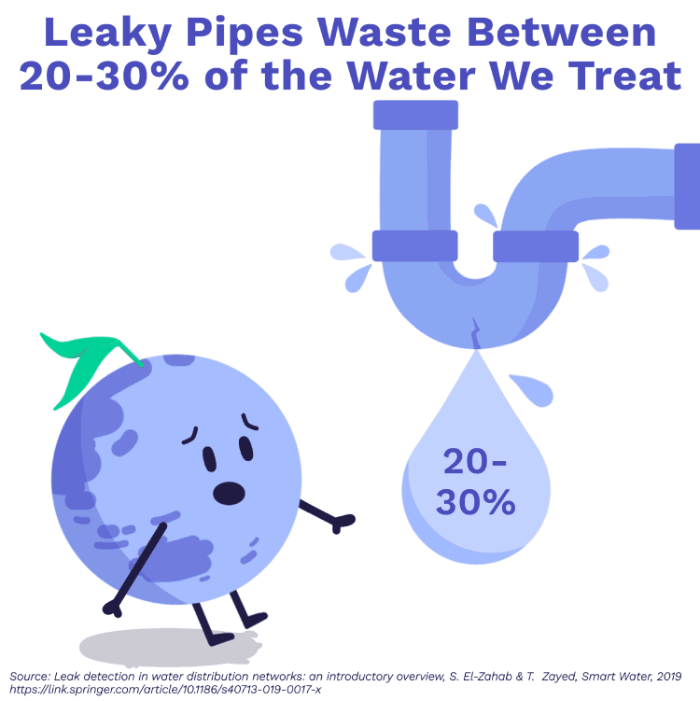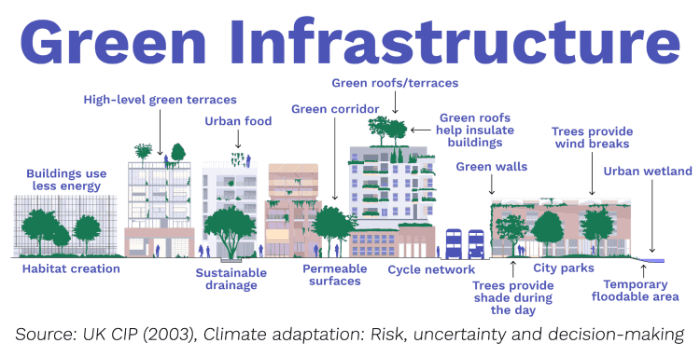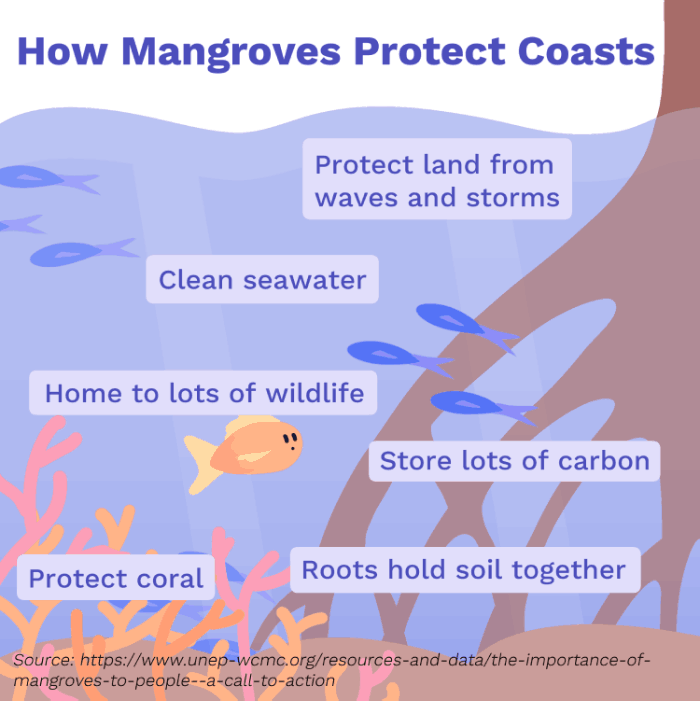Infrastructure: Adapting our Systems and Services to Survive Climate Change
6 minute read
Updated on: 30 Apr 2021
We can think of “infrastructure” as the physical or organisational systems and services that make up a society . This covers everything from travel and communication to the distribution of basic resources like water and energy
. These networks are closely interconnected, meaning any disruption in one system will have knock-on effects for others
. We can’t afford to lose these services so let’s explore how we might adapt them to rapid climate change.
How do we build a more climate-resilient society?
1. Climate-smart design
If we want to build climate-resilient infrastructure, our first option is to build it from scratch . For essential services, like healthcare, we can start by making sure that everyone has basic access
by building hospitals and clinics where they are most needed
. For example, in areas vulnerable to flooding, like Bangladesh, some communities now use ‘floating hospitals’
. We can also adapt our healthcare systems by recruiting more nurses and doctors and providing them with training on the health risks of climate change and how to treat them
.

Floating Hospitals
The next step is using climate-smart design ideas such as choosing building materials that absorb and store large amounts of heat energy to naturally regulate indoor temperatures . Climate-smart design can also involve entirely new technologies, such as external building shades that move in response to sunlight
or typhoon-resistant houses that can withstand wind speeds of up to 180km per hour
.
2. Retrofitting
To save time and money, another option is to upgrade the infrastructure we already have. This is called retrofitting . Retrofitting can be as simple as installing heat sensors or painting our roofs, roads and railways white to reflect sunlight
. If done properly, a white roof can reflect up to 80% of the sun’s energy, compared to just 5-10% for a black roof
.

Climate-smart design
In the previous chapter we looked at how sustainable water management will be vital if we are to adapt to our changing climate. A lot of this can be done by adapting our existing water supply network; simply fixing leaky water pipes could help prevent the loss of 20-30% of treated water !

Fixing Leaky Pipes
Moreover, upgrading our systems and services could play a big role in keeping us healthy too . For example, we can limit the spread of disease during flooding
by updating our coastal defences and sewage systems to deal with excess stormwater
.
3. Green Infrastructure
We can also make our cities greener by creating more space for nature . For example, natural features, like ponds, parks and woodland can help cities cope with climate change by soaking up excess stormwater and reducing local temperatures
. These types of solutions are called green infrastructure, as opposed to man-made or ‘grey’ solutions
.

Green Infrastructure
